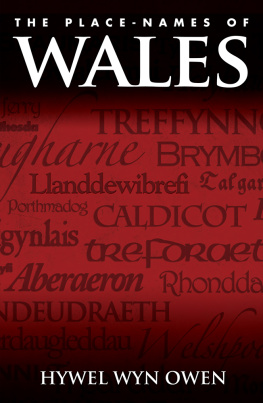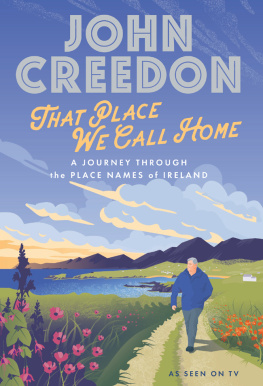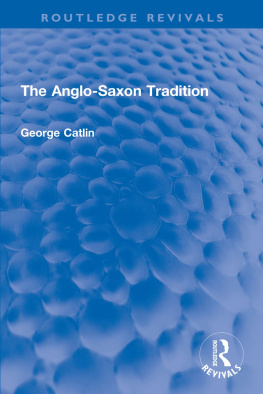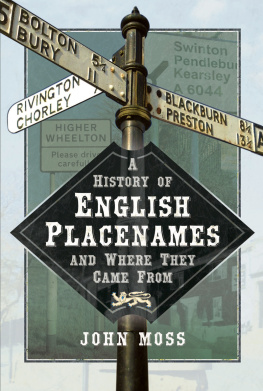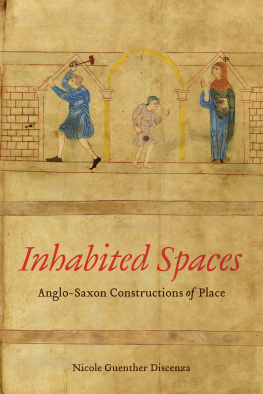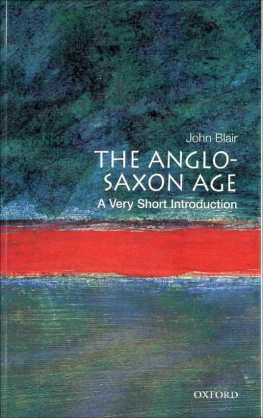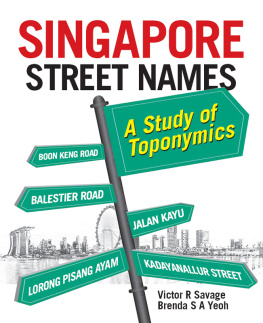Transcribed from the 1880 Wrekin Echo Office edition by David Price, email ccx074@pglaf.org
HISTORY OF MADELEY,
INCLUDING
IRONBRIDGE, COALBROOKDALE, AND
COALPORT,
From the earliest times to the present,
WITH NOTICES OF
Remarkable Events, Inventions,
AND
PHENOMENA, MANUFACTURES, &c.
:o:
ILLUSTRATED
With twelve wood-cut illustrations, and photographs.
:o:
The work will be found to contain a copious Index,
and list of old family names.
:o:
BY
John Randall, F.G.S., Author of The Severn Valley, Old Sports
and Sportsmen, History of Broseley, &c., &c.
Published at The Wrekin Echo Office, Madeley, Salop, 1880.
INTRODUCTION.
The delay which has arisen in the publication of this work since it was first announced needs some apology. It arose from two causes; one the hope that fuller information might be forthcoming on some obscure points, the other that the book is chiefly made up of matter reprinted from the Salopian and West Midland Illustrated Magazine. It is therefore, to some extent, fragmentary, and not one for which the author can hope to receive the meed of praise bestowed upon his Severn Valley, Old Sports, &c. Notwithstanding this, the author believes the work will be found to be a satisfactory compendium of historical facts connected with the parish; and now that they are known it would be a comparatively easy task to produce a more creditable literary work. Johnson says we never do anything conscientiously for the last time without sadness of heart; the only sadness here arises from the consciousness that the opportunity, however much desired, of reproducing the work in an improved form is scarcely likely to occur in the lifetime of the author.
Madeley, 1880.
PREFACE.
The field of history is a wide one, but, in addition to its well-beaten track, there yet remains less frequented paths to explore in connection with our smaller villages and towns.
The design of the present work may be stated in a few words. It is simply to place before the inhabitants of Madeley, and those interested in its history, the various phases through which it has passed in its progress from feudal times to the present. Strangers often come and seek for information which they do not always get: and much that is known by old people of Madeley and its traditions would be lost unless noted down at once.
It will be seen that our information extends from the notice we get in Norman times, when tillers of the soil, swineherds, fishermen, a miller or two, and foresters, composed the population, the profits of whose labours were reaped by a priest and the monks of Wenlock Priory.
After the Dissolution it will be seen that the mansion was sold to the Brooke family, particulars of which we have given, both in the earlier and later parts of the work.
MADELEY.
There is a touch alike of poetry and of meaning in the name. Our ancestors were delineators of natural scenery, verbally, and by the use of names. Taking possession of primeval lands and uncleared forests, driving their aboriginal owners before themin one or more syllables they were wont to give the history of a place, or the more distinguishing features of a country, and word-pictures then current come down to us little altered, having coiled up within them considerable sense and by-gone meaning. Tradition, no less than the popular and generally accepted etymology of the name, informs us that Shrewsbury was originally the place of shrubs; that the dusky crow croaked at Crawley, and the chattering daw built its nest at Dawley. The broc or bragAnglo-Saxon terms for the badger, once numerous along the Severn Valleygave us the Brocholes. To reynard we are indebted, in like manner, for the modern name of Foxholesa place near to the latter, where this animal flourished when Madeley Wood, now covered with cottages, was what its name implied.
Little local or archological lore is required to know that Madeley Wood was the wood bordering on the meadow, or that Madeley is a name derived from meadowly, or meada term still used in poetical productions of the day. In like manner, Mad-brook, a little stream on the borders of the village, meandering through meadow land, was Mead or Meadow-brookas one of our smaller English rivers is called the Medway, from like circumstances, and as Brockton on Madbrook was formerly Brook-townthe town or enclosure on the brook. A tolerable estimate of Madeley, in one of its early phases, and as it appeared to the commissioners appointed to carry out the Domesday Survey, at the time it formed part of the manor belonging to the Abbey of Much Wenlock, may be gleaned from the following extract:
The same (St. Milburgs) holds Madeley, and held it in the time of King Edward. Here is one hide (100 or 120 acres) not geldable (not liable to pay taxes) and three other hides geldable. In demesne are eleven ox teams, and six villiens (those employed in ignoble service) and (there are) IIII. boors (peasants) with IIII. teams. Here are IIII. serfs (slaves of the lower class) and there might yet be VI. teams more here. There is a wood sufficient to fatten 400 swine. In the time of King Edward the manor was worth 4 per annum; now it is worth 5 per annum.
England at that time was covered over with such manors; they had overgrown the free peasant proprietors which previously existed in Saxon times. On each manor was the house of the lord with the Court yard and garden, &c., comprising several acres. The manor land was for the use of the lord, but portions were let off. Some doubt now exists as to the true meaning of a hide of land, as both hides and virgates on adjoining lands differed, but the conclusion that the hide was a land measure of 33 English acres has been received by some, whilst others hold that it meant a measure of land sufficient for the support of a family. The most important agricultural operation of the period was ploughing, and a peasant rarely undertook this for himself on his own little plot, which was not sufficient for separate or independent management, with his own team and plough. The team of a plough consisted then as a rule of not less than 8 draught cattle, and this continued to be the case, as recorded by Arthur Young. The bad fodder of that period diminished the labour power of the draught cattle, especially during winter ploughing, which was on straw feeding alone. Madeley is undoubtedly derived from terms still in use, Meadow and ley, or lia; meadows having sometimes been subjected for a whole year to common pasturage whilst the adjoining land lay fallow, in order not to exhaust it by constant hay crops.
Such was Madeley in the olden time, when men were goods and chattels, subject to the rapacity and oppression of their owners, when laws were enacted by which to kill wild animals was a crime equal in enormity to killing human beings, and punished with the same rigour; when the right to hunt was in the hands of kings and those holding tenure to whom they thought proper to delegate it. The park, to which the modern names of Park, Rough Park, and Park Street, now applynames that serve to recall former features of the surfacewas enclosed from the forest, mentioned in the above extract. Its origin was this; November 28th, 1283, King Edward (1st) being petitioned that it would not be detrimental to his forest of Mount Gilbert if the Prior and Convent of Wenlock should enclose their Wood of Madeley (though within the limits of the forest) with a ditch, and fence, (haia) and make a park thereallowed them to do so. The same park is alluded to in a valuation taken 1390; together with one at Oxenbold, whichincluding the meadowswas said to be scarcely sufficient to maintain the live stock of the Priory. The Prior, who appears to have built houses within the boundary of the forest, in 1259 was ordered to pull them down; but having offered a fine to the king a charter was granted the following year, stating that, for 100 now paid the Prior and Convent may have the houses in peace, although within the forest.



